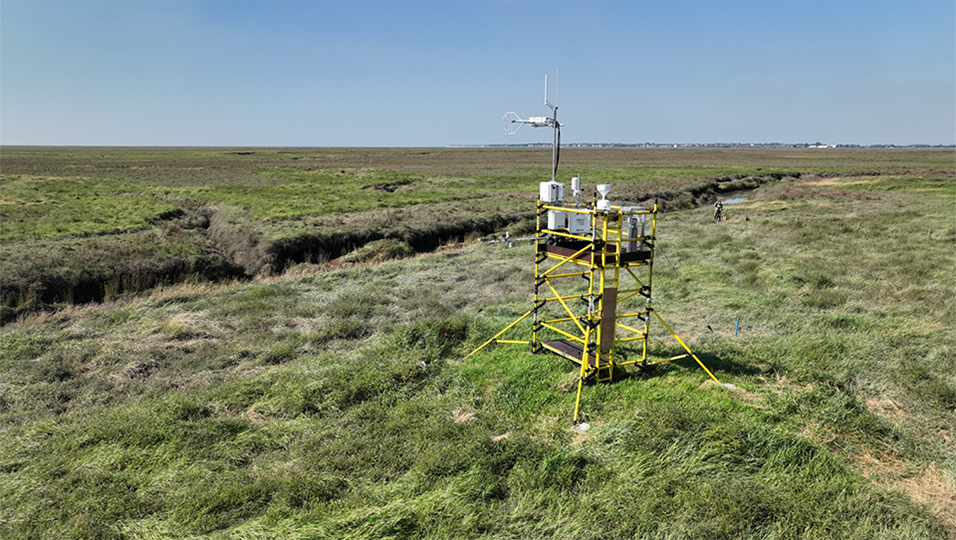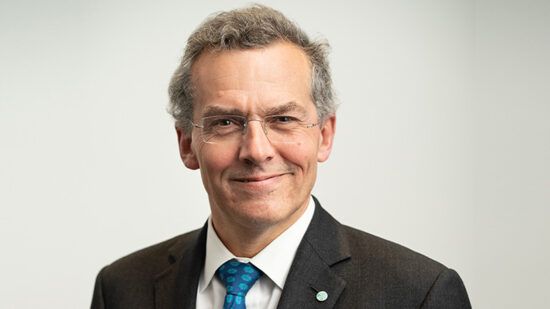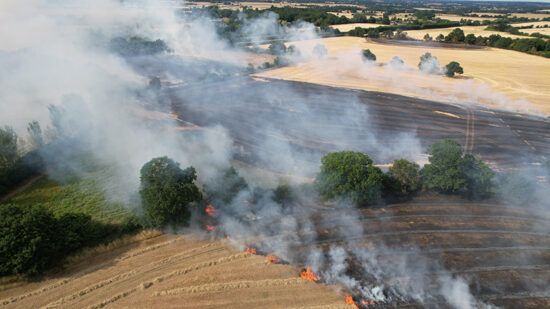Aviva and WWF (World Wide Fund for Nature) have launched a research project on the role British saltmarsh habitats play in fighting climate change and removing carbon emissions from the atmosphere.
The saltmarsh research platform will help scientists assess carbon storage and sequestration potential of British saltmarshes.
The research will be conducted by WWF, the UK Centre for Ecology and Hydrology (UKCEH) and the Royal Society for the Protection of Birds (RSPB). It will work towards Aviva’s goal to make the UK the most climate-ready large economy by 2030.
A carbon flux tower will be installed on the Ribble Estuary, Lancashire. The tower will measure the carbon cycle to determine whether saltmarshes are a long-term, natural store of carbon.
Additionally, it will investigate how saltmarshes are affected by rising sea levels, which helps to prioritise restoration and conservation methods.
According to research, saltmarshes provide ‘blue carbon’, a long-term, natural store of carbon found in coastal and marine ecosystems. It is estimated that saltmarshes could potentially store 300,000 tonnes of carbon dioxide.
As saltmarshes also provide natural protection from flooding and coastal erosion, they bring over £1bn in flood defence to UK homes.
While the research continues, Aviva and WWF will restore saltmarshes to sustain the climate, nature and coastal communities, specifically native species such as herons, egrets and otters.
Blue carbon technical officer at WWF, Tom Brook, said: “Aviva and WWF are working together to demonstrate how the business sector can take leadership in moving towards a low-carbon future.
“Our work will enable sustainable investment in saltmarsh as a nature-based solution to tackling climate emergency, with added benefits to coastal defence, biodiversity, and water quality.
“Through this climate research, Aviva are making an important contribution to achieving societal net zero ambitions.”








